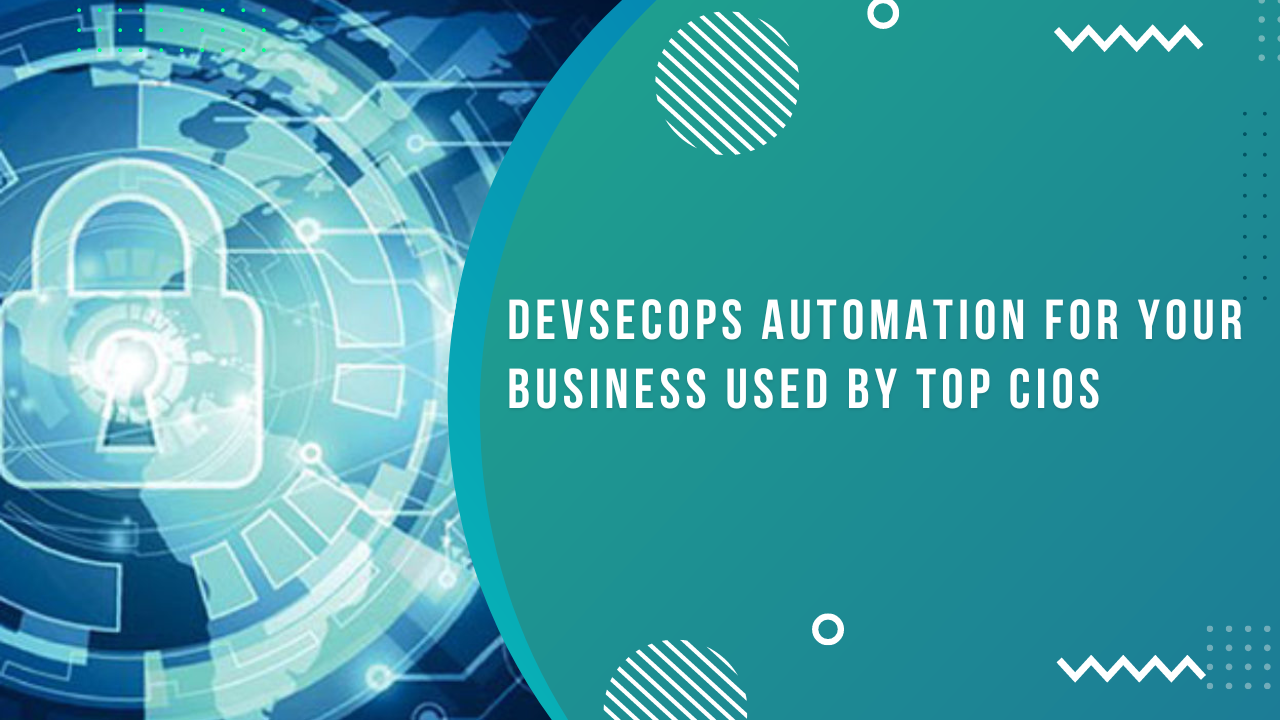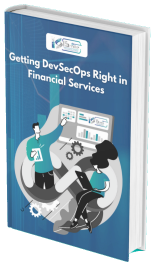Automation is one of the significant advantages of DevSecOps that should be noticed by organisations seeking to incorporate agile and scalable development, security, and operational concepts into a DevSecOps strategy.
Here are the top reasons why DevSecOps automation should be an integral component of an enterprise’s overall architecture.
Ease of Scalability:
When additional computational resources are needed, or whole frameworks need to be copied and deployed in different physical places, it makes little sense to manually reproduce DevSecOps tools and processes that have already been established and refined. With automated DevSecOps, scaling up or down these systems and procedures is simple and can be initiated with a few mouse clicks. For example, recent research conducted by Comcast found that by using DevSecOps, the company could reduce security incidents by 85%.
AI-based Threat Analysis:
To streamline, simplify, and speed up complicated DevSecOps processes, cutting-edge DevSecOps frameworks use AI and machine learning approaches. The following are two illustrations:
1. Information logged by software and operating systems may determine which parts of the software are targeted by attackers. Artificial intelligence may use this data to recommend code modifications, new features, or even structural changes to implement so that security flaws can be found in the code before they cause problems.
2. With the help of highly calibrated machine learning techniques, testers can see how a code addition or modification could influence other parts of an application.
Ready to automate dev & ops to shorten the SDLC?
Talk to our experts today & see how they can help to fulfill your business objectives.
Uniform Security:
Processes that automatically integrate security functionalities across all software builds consistently should be a part of any comprehensive DevSecOps architecture. Continuous integration and delivery (CI/CD) is a method for developing and releasing software focusing on quality and reliability.
Auto Verification Checks:
When time is of the essence in software development, the quality of the code is typically sacrificed. Therefore, building automatic code verification tests into DevSecOps frameworks is crucial. These audits may reveal bugs and provide leads for fixing them without delaying release deadlines for updated software.
Eliminate Remedial Tasks:
Automating and getting rid of low-level, remedial work is possible through the SDLC, as with most technological automation approaches. This encompasses not only the incorporation of security measures into programmes but also their security monitoring.










